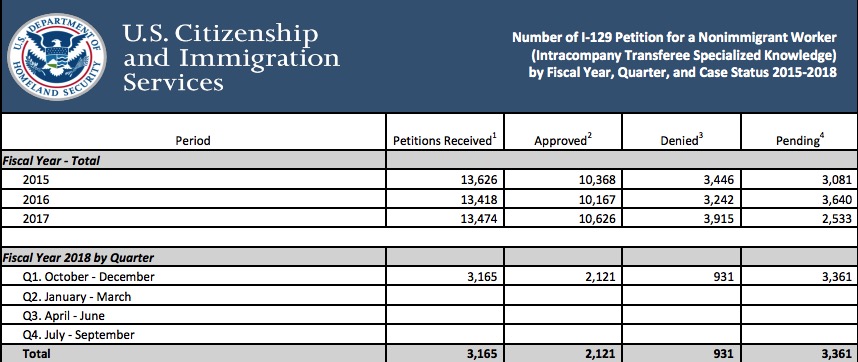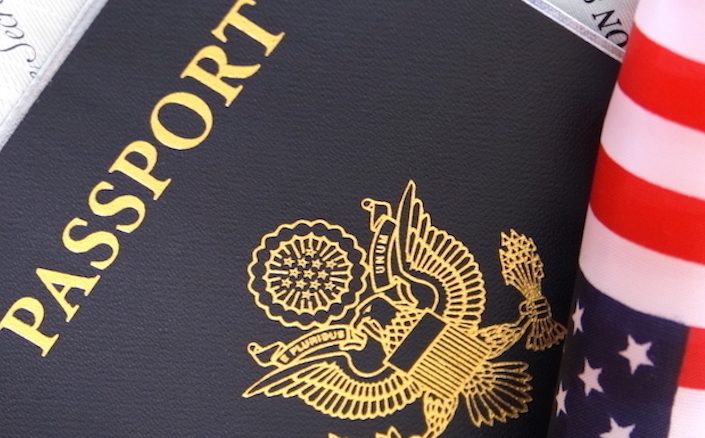L-1 visa is a cheaper, faster alternative to immigrate to US with business background, rather than waiting for EB-5. The main difference is EB-5 is immigrant visa while L-1 is a non-immigrant visa.
L-1 visas are available to employees of an international company with offices in both the United States and abroad. The visa allows such foreign workers to relocate to the corporation’s US office after having worked abroad for the company for at least one continuous year within the previous three prior to admission in the US.
The L-1 visa has two subcategories:
- L-1A for executives and managers, valid up to 7 years.
- L-1B for workers with specialized knowledge, valid up to 5 years
The L-1A non-immigrant classification enables a U.S. employer to transfer an executive or manager from one of its affiliated foreign offices to one of its offices in the United States. This classification also enables a foreign company which does not yet have an affiliated U.S. office to send an executive or manager to the United States with the purpose of establishing one. The employer must file a Form I-129, Petition for a Nonimmigrant Worker, with fee, on behalf of the employee.
In 2017, Workpermit.com mentioned about a report by Forbes
Chinese investors are turning to the US L1 visa to extend their stay in America. The report comes amid increasing uncertainty over the future of the EB5 green card program.
The controversial EB5 immigrant investor scheme is ‘losing its appeal’ among Chinese investors. This has been attributed to a waiting list that spans several years, the possibility of the minimum investment threshold being increased, and the growing concerns about the program – including a rise in the number of fraud cases.
According to Forbes
It is no secret that to get U.S. green cards, thousands of Chinese investors mainly used the U.S. EB-5 immigration program for many years. There are serious problems associated with the EB5 program, particularly for the Chinese. The processing times are now well over 10 years.
The best alternatives for Chinese investors to immigrate to America are the L-1 work visa and the EB-1C program. Since China does not have an investment treaty with the USA, investors cannot apply for E-2 visas. Thus ther L-1 visa is the only realistic option left. For most Chinese investors who want a long term presence, the EB-1C program is the only realistic alternative.
To qualify for L-1 classification in this category, the employer must:
- Have a qualifying relationship with a foreign company (parent company, branch, subsidiary, or affiliate, collectively referred to as qualifying organizations); and
- Currently be, or will be, doing business as an employer in the United States and in at least one other country directly or through a qualifying organization for the duration of the beneficiary’s stay in the United States as an L-1. While the business must be viable, there is no requirement that it be engaged in international trade.
Qualified employees entering the United States to establish a new office will be allowed a maximum initial stay of one year. All other qualified employees will be allowed a maximum initial stay of three years.
The transferring employee may be accompanied or followed by his or her spouse and unmarried children who are under 21 years of age. Spouses of L-1 workers may apply for work authorization by filing a Form I-765, Application for Employment Authorization with fee.
USCIS approved 36,315 petitions in 2017. There are only 3,369 number of I-129 Petitions pending for a Nonimmigrant Workers with USCIS.






